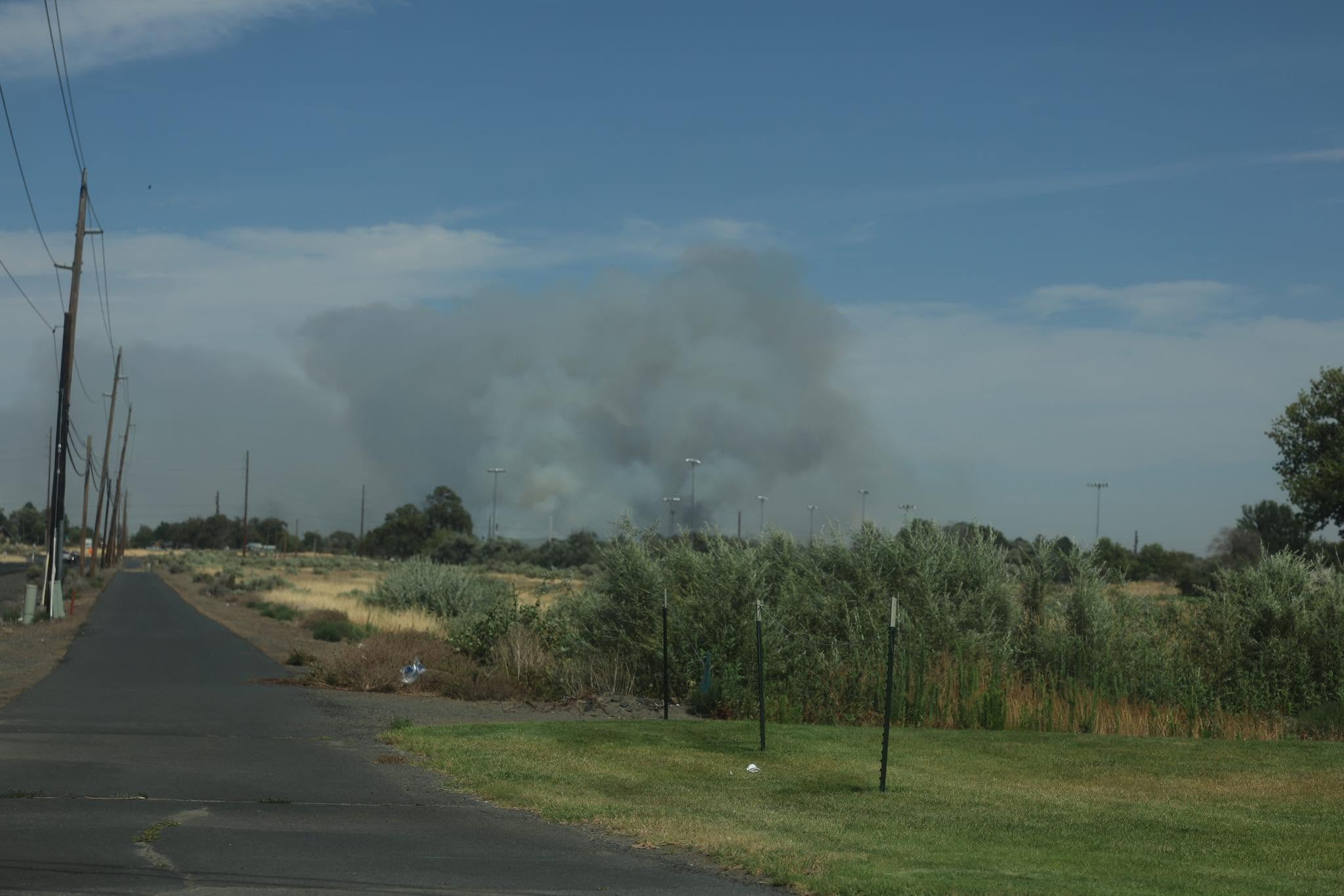Our view: A tip of the hat, a kick in the pants
Published 5:00 am Saturday, February 20, 2021
A tip of the hat to the snow plow drivers, electrical line workers, plumbers, truck drivers, first responders and others who worked through the state’s heavy snowfall to help keep people safe, with running water, electricity and needed supplies.
While thousands on the west side of the state shivered through power outages, we’re grateful the lights stayed on in Eastern Oregon and that Oregon Department of Transportation’s snow plows were out in force to quickly clear interstates and highways.
A tip of the hat to Umatilla County Public Health, which this week released a schedule of vaccine opportunities that run through the end of April. Even though there will likely be some adjustments as vaccine allocation to the states continues to evolve, the information released on Thursday, Feb. 18, is a far better starting point than the previous strategy, which in recent weeks has involved instructing senior citizens to watch Facebook pages for random announcements.
The vaccine rollout hasn’t been perfect, but we’re glad to see it seems to be improving all the time.
A tip of the hat to scientists studying flooding in the Columbia Basin for providing us with better information to limit or prevent damage from future floods.
It should come as no surprise to anyone who lives in the region that scientists have found flooding events are increasing in frequency and that the water level of those events also continues to increase. As reported in the East Oregonian’s series on the one-year anniversary of the February 2020 flood, research from Oregon State University conducted over two years at nearly 400 sites showed a “ubiquitous” increase in flood magnitude. Modeling from the study predicts flooding will continue to become more severe in the Columbia River Basin over the next 50 years due to climate change.
Data from such studies can help arm our communities with the knowledge to adapt to this changing landscape and prepare for future events. Now it is up to property owners, developers and community leaders to take the warnings seriously.









